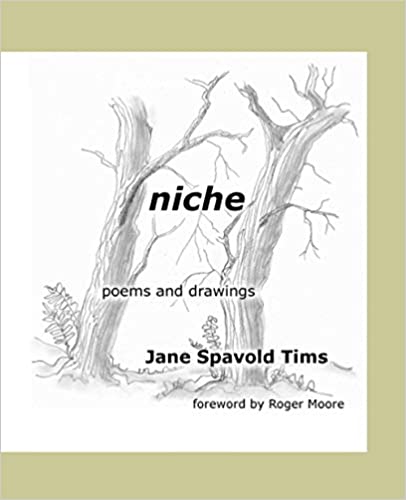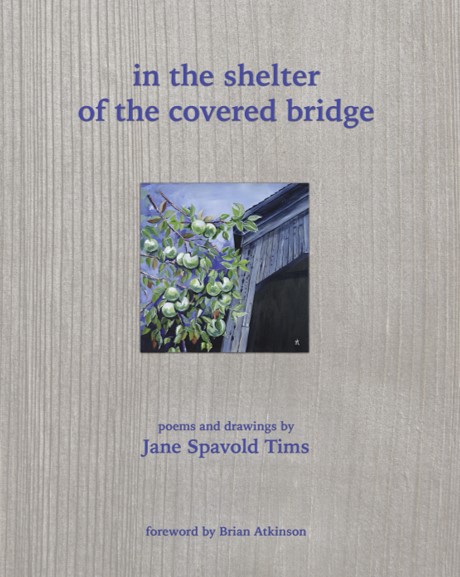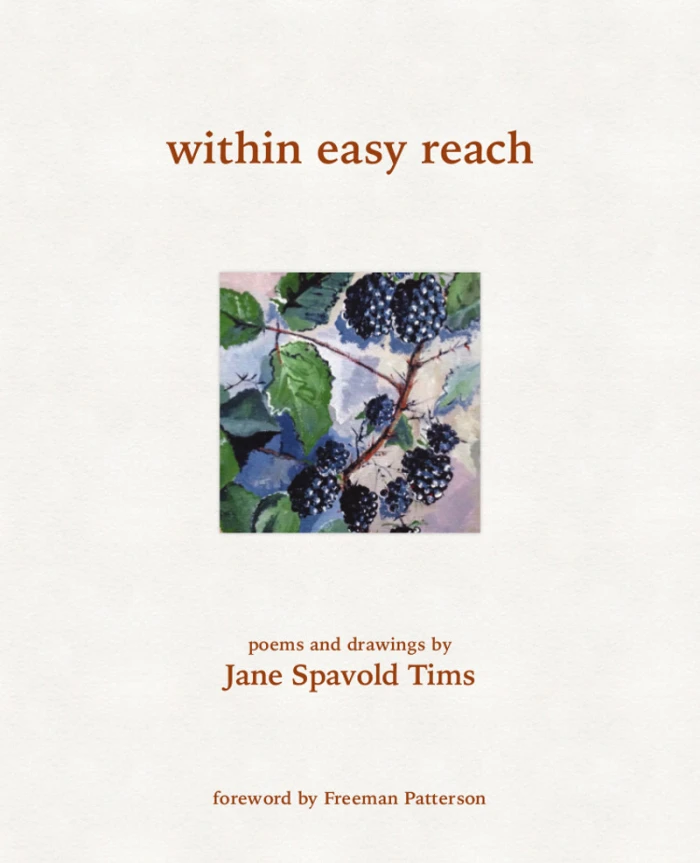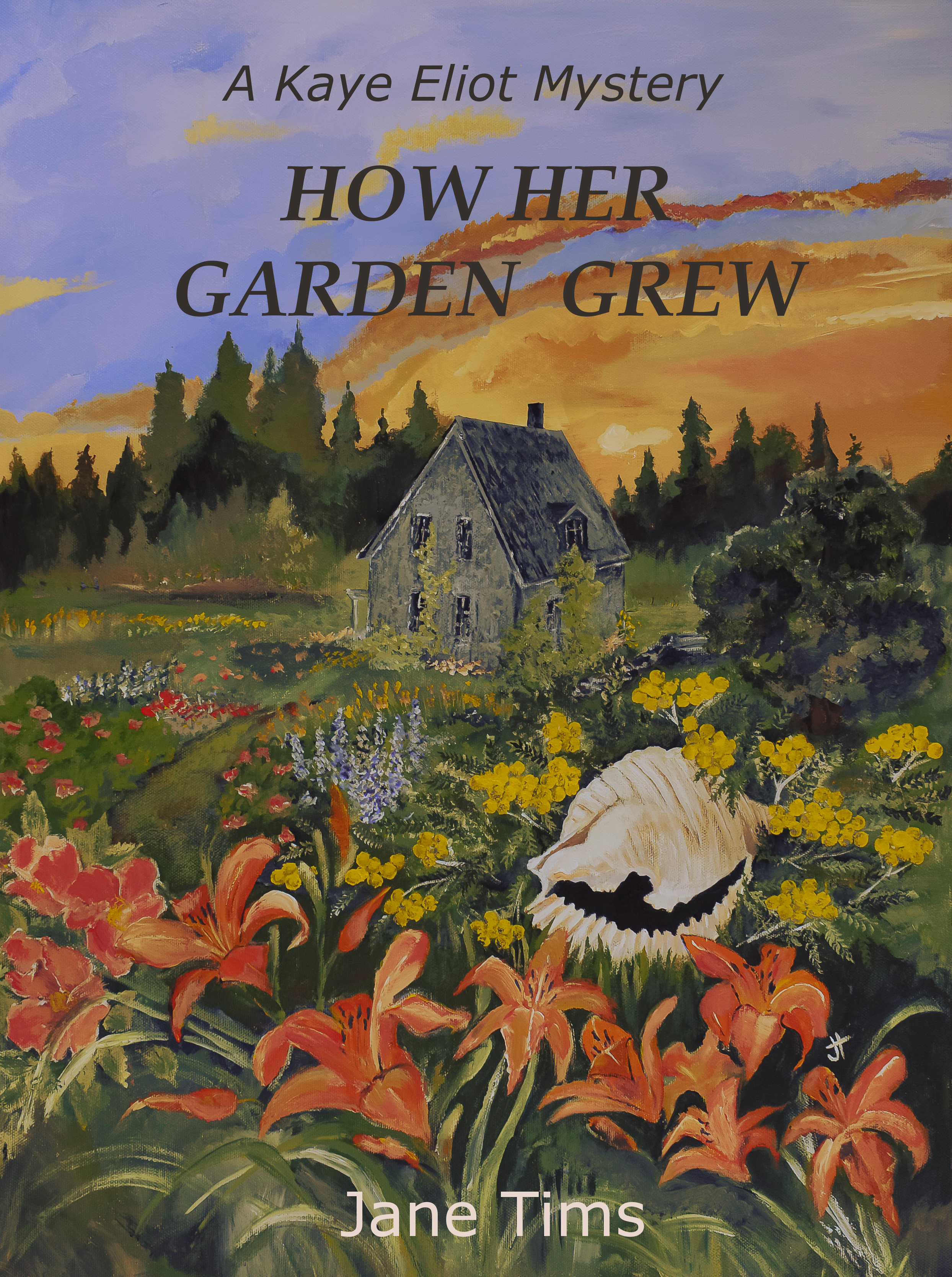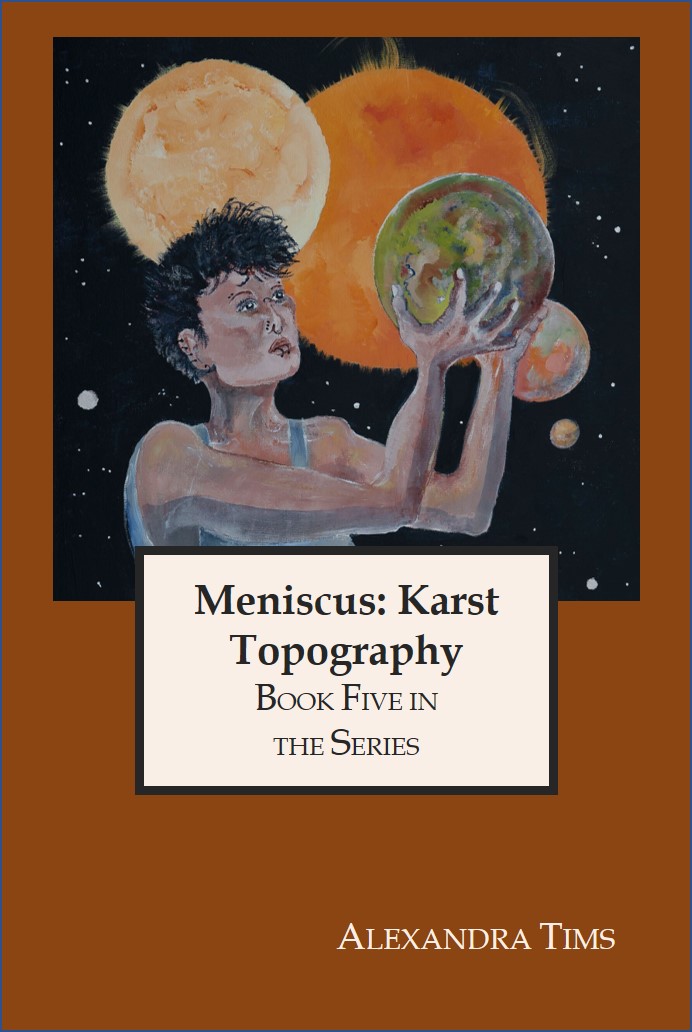Archive for May 2015
a sad story about grapes
We have just experienced a severe thunder storm. I was in town for aquasize and a few groceries. As I pulled into the grocery store parking lot, I could see very dark clouds in my rear-view mirror. We had been warned of the approaching front last evening, so I was not surprised.
~
I went in to the grocery store and immediately saw some lovely grapes. I think they were the most beautiful green seedless grapes I have ever seen. I picked out a bag for supper and went on for the rest of my groceries. I was reaching for soup ingredients (carrots, celery, onions and turnip) when the lights went out. Dead quiet – you don’t realise how noisy those coolers and freezers are until they suddenly go quiet.
~
The store staff were so good to everyone. They herded us gently toward the front of the store, saying the registers would continue to work for about a half hour. I was so happy! I would have grapes for our supper! The cashier rang up my few items. I ran my debit card and no luck. Just as I made it through, all the debit machines were down!
~
With no groceries to show for my trip, I ran out to the truck and was absolutely drenched in the downpour. Not too much of a problem since I was already a bit wet from my trip to the pool for aquasize!
~
My sad story about grapes is about a relatively minor problem. There is flooding in low lying areas in the city and 20,000 homes are still without power. We have power, so I am one of the lucky ones. But they were such beautiful grapes!
~
~
Copyright 2015 Jane Tims
nest of the Eastern Phoebe
This time of year, I hear a wheezy call in our maple tree. The Eastern Phoebe has arrived, to build a nest under the eaves of our shed.
~
The Phoebe makes an appearance in the book I am writing – ‘Crossing at a Walk’. I have just reached Draft #5 of the writing, a time when I edit for adverbs, sentence length, repeated phrases and so on. I also work to clarify the plot and the story, making certain my characters are true to their missions in the book. At this stage, the editing is a bit of a blur.
~
Here is an excerpt from the book. The Eastern Phoebe has come to check out the Whisper Wind Writers’ Retreat (the setting for my story). Tom will encounter three Phoebe’s in the book: the shrill ‘fee-bee’ song of the Chickadee in spring, the Eastern Phoebe with its nasal ‘phee-bee’, and the name ‘Phoebe’ carved in the covered bridge …
~
I am in our garage, cutting leaves from a sheet of copper for a new wind sculpture. I glimpse a quick flutter outside the window and hear knocking in the eaves.
I put the tin snips down on the workbench and step outside to investigate. At one corner of the garage, up under the edges of the roof, is the nest of a bird, constructed within the last few days.
As I lean to get a better look, the mighty construction worker flies out and swoops up to the height of one of our birch trees. It tilts its black head and says, in two raspy, out-of-tune syllables, ‘phee-bee’. The sound is nasal and cheerless, quite different from the bright ‘fee-bee’ of the chickadee in spring.
An Eastern Phoebe! A charming grey bird with a puffed black hairdo and a dirty white throat. The phoebe sits in the tree and wags his tail. He says, again, ‘phee-bee.’
Every morning in June he wakes me.
‘What on earth is that annoying bird song?’ says sleepy Sadie.
‘You could hardly call it a song,’ I answer.
~
For more about the three Phoebes, see my post for May 4, 2015 ‘spring orchestra – fee-bee’.
~

the nest of the Eastern Phoebe – notice this Phoebe has found a few strands of tinsel from our Christmas tree to decorate his home!
~
Copyright 2015 Jane Tims
places for writers … writing desks
‘writer’ and ‘desk’ … a likely pairing of words … a writer may have many desks, but does the desk have a writer?
~
In our home are five desks, four for me.
~
The desk in my guest room is the neatest, used only for addressing Christmas cards in December. A little desk, it has a lamp, a box of stamps for personalizing cards and envelopes, a ceramic dog that once sat on my desk at work, a tiny gecko bought for me in Milan by my oldest brother, a cloisonné sea-shell from my sister, and a hand-blown glass purchased with my husband in Ontario. Quite by accident, these items are all orange and green. I sit at this desk every morning, to look at the eastern sky and plan my day. I never write fiction or poetry at this desk.
~
The desk in the loft is my official desk. This desk is oval and was given to me by my youngest brother – it originally belonged to my aunt. It has a lamp, a small fountain and a jar of simulated fireflies from my son. I keep a few ongoing projects here, including a stack of pages where I store tidbits of information remembered from my life. If I come across a vacation memento or a scrap of paper kept from some event, I record it here. One page per year … 61 so far. This desk is equipped for writing. Nearby is a dictionary, a thesaurus and a keyboard for my iPad. No poems or fiction, however, are written at this desk. This is the desk I clean when I haven’t written for a while.
~
My third writing desk is oak, very old, and has a leather top. This desk holds a lamp, my computer and printer, the modem, and a USB dock for e-books, iPad, camera, Bamboo drawing surface, and a small USB-driven fan for warm days. Add a wonky stack of paperwork, sorted at tax time, and a mouse with 2 square inches of space to manoeuvre. This desk is always a mess, has no space for pen and paper, and somewhere in the desk drawer is a Tamagotchi that hasn’t been shaken in fifteen years! Lots of poems and thousands of words of fiction are written at this desk … not so much written as pecked out, in three finger combinations.
~
My fourth desk wouldn’t get a mention in a furniture inventory. It is a beaten-up plastic lap desk, scavenged from my son and re-covered (it used to have a dinosaur pattern) in a fern-patterned fabric. This is where my pen and paper writing gets done, usually in my living room chair, sometimes at our camp and occasionally outside in our yard. It has room for my rough book and a small ledge to hold a pen. It never needs tidying and slips neatly into my writing bag. It has supported the writing of poems, books, blog posts and letters. I love my lap desk.
~
Do you have a writing desk or desks? Where do you prefer to write?
~
Copyright 2015 Jane Tims
‘Outside-In No. 2’ – bringing the outside into our homes
I have submitted another painting to Isaac’s Way Restaurant, for their 24th Art Auction and Sale. This event will run from May 24, 2015 to September 20, 2015. The proceeds from the auction go to sponsor kids-in-need for theatre lessons.
~
Looking for a theme for my recent work, I decided to do a series of still life paintings about the many elements of the out-of-doors we bring into our homes. This includes items collected on walks, motifs on fabrics and metals, small statuary and so on. My second painting in the series is ‘Outside-In No. 2’ – a still life of books, a jar of potpourri, a metal bird sculpture, pine cones and my fern curtains.
For the painting, I used Chromium Oxide Green, Burnt Umber, Titanium White, Phthalo Blue, Cadmium Yellow and Quinacridone Magenta. I finished some surfaces in the painting with Golden Polymer Medium (Gloss) to give some items shine and a smooth texture.
~
~
The first painting in the series was ‘outside-in’, currently displayed in the 23rd Art Auction at Isaac’s Way. It features a moss terrarium and dragon sculpture. There are still a few days remaining in the 23rd auction (until May 24, 2015) so if you are local, it is a great way to own some original art and contribute to a worthy cause! The paintings in the auction can be seen at:
~
~
The canvas for my next painting stands ready on the easel. Now, to look around the house for some out-of-doors items to include in the painting!
~
Copyright 2015 Jane Tims
places for writers … writing workshops – part two
Sometimes the ‘place’ experienced at a writing workshop is the local area, the community where the workshop is held. I wrote this poem in 2014 after a writing workshop at WordSpring in Saint Andrews (New Brunswick) …
~
~
encounters
~
on a windy night
in Saint Andrews, a toad
out of place, hop-toddies across
the street
~
also, on Prince of Wales, a deer
pauses on the sidewalk, stares
up the hill, and I hesitate
before driving on
~
in the Algonquin, a light
switches on, in the room I know is mine
and a couple huddles on the hotel porch
their attitude more suited to summer
than a night when leaves skip
mottled across the street
~
~
Previously published in ‘writing weekend’, June, 2014, http://www.nichepoetryandprose.wordpress.com
Copyright 2015 Jane Tims
places for writers … writing workshops – part one
~
For a writer, spring is often a time for attending writing workshops. Last month I attended part three of a workshop about writing life stories. In the next couple of months, I plan to attend short courses as part of the Writers’ Federation of New Brunswick’s WordSpring weekend, and a workshop about nature writing ( http://www.natureofwords.com/writing-workshops/write-in-nature/ ).
~
Partly because my current fiction project ‘Crossing at a Walk’ is about a writers’ retreat, I have been thinking about the spaces where writing workshops are held. I have attended workshops at hotels with comfortable meeting rooms and lovely gardens. I have also been at workshops in huge community auditoriums and cosy private homes. One year my writing group went to a retreat at the Abbey in Rogersville in eastern New Brunswick and experienced simple dormitory surroundings in a very spiritual setting.
~
Some of the rooms have been so noisy or full of echoes thinking is impossible. Some spaces are quiet, meditative. Auditoriums can be freezing cold. Workshops in summer can be stifling and hot. I remember one July week at the University of New Brunswick during the Maritime Writers’ Workshop … every writer in the poetry workshop had an electric fan. Our instructor shook her head and said, ‘Those poets, they want to carry their own space with them!’
~
I think the most variable aspect of space in the writers’ workshop is the ‘chair’. Some are comfortable, built to allow both body and mind to relax. At one workshop the designer chairs were so flimsy, I spent the entire time worrying I would fall to the floor!
~
Although I have attended many workshops on writing, in many different spaces, I continue to benefit from these experiences and to learn more about the craft of writing.
~
- Every workshop facilitator or leader offers a unique perspective on approaches to writing. It is rare for me to leave a workshop without some new technique or method for improving my writing.
- Writing workshops cover a variety of themes. I am a writer of poetry and fiction, but I have received some of my most valuable training from workshops about writing screenplays and non – fiction.
- Learnings can be so simple, obvious even. For example, it seems I have to be reminded, over and over, to try techniques such as writing from the perspective of various characters.
- Workshops create an opportunity to meet other writers. Meeting old and new friends and renewing past acquaintances is a constant source of inspiration for me.
- The workshops I attend contribute to my own history of being a writer and demonstrate my interest in the writing community and in improving my skills as a writer. Even retired, I continue to build my resumé since publication and grant applications are an important part of my writing life.
~
Hot or cold, noisy or quiet, on chairs designed to break backs or to summon comfort, the workshop space itself can be a source of experience and inspiration. A lot of those chairs, cold spaces and pinging echoes have found their ways into my writing. For some reason, the places I encounter on the drive home from a workshop also make it into my poems.
~
Have you attended any writing workshops and has the workshop space influenced your writing for better or worse?
~
Copyright 2015 Jane Tims
spring orchestra – downy woodpecker
~
~
sticky tongue, tail prop, zygodactyl feet
~
beneath the key of chained song (chick-a-dee
whistle, robin melodic and whitethroat
mnemonic, wheezy phoebe, junco click) –
grubs mumble, coil in rotting wood
~
beneath low woodwind, blazing brass and string –
jagged percussion and drum roll, Downy
Woodpecker excavates sugar maple
stump, black jackhammer
~
beak throws wood chips, heaps sawdust and splinters
dapper shudders, black and white, a grey smudge
bright head-bars, a red blur, tap a stammer
steady stutter, busyspeak
~
~
Copyright 2015 Jane Tims
spring orchestra – fee-bee

Carving of the name ‘Phoebe’ on a beam of the Tantramar #2 Covered Bridge near Sackville, New Brunswick
~
~
Phoebe
~
unknown, she nudges
her way into Monday –
carved name in the covered bridge
~
Black-capped Chickadee pipes
fee -bee, hey-sweetie
(bored with chick-a-dee-dee-dee)
~
and Eastern Phoebe, rasps fee-bee
whee-zy, Phoe-bee
black bed-head, smuggie throat
~
unknown, Phoebe nudges
her way into Monday
~
~
Copyright 2015 Jane Tims
~
Born to Walk – a book review
‘… Marooned at my desk, I swiveled round and round, drowning in digital static …‘ (page XIII).
So many of us can relate in a personal way to Dan Rubenstein’s description of his work life in the field of journalism. When he talks about managing his stress by checking emails every few minutes, I can say, I’ve been there! Dan’s book, Born to Walk, shows us a way to change our lives in a very simple way … just walk!
~
~
Born to Walk – The Transformative Power of a Pedestrian Act (Dan Rubinstein, 2015, ecw press, Toronto) is a book of non-fiction with a strong narrative component. It could be described as a self-help book of the environmental kind. Born to Walk describes the health benefits of walking, fitting this into the context of what it is to be human in the natural world. This book would be interesting for those who walk already and those who are thinking about taking up or accelerating a walking program. As I was reading, I often wanted to quit reading and start (you guessed it) walking.
~
In a discussion of the benefits and pleasures of walking, Dan considers walking a key life strategy. He tells the tales of people who feel compelled to walk or who walk for a living. Dan’s credentials for writing this book become more obvious as we read – the writer has learned through doing. Over the course of the book, we learn about his interviews with some of the most outstanding walkers in the world – interviews conducted while on foot and on the trail! The walkers he tells us about include a postal ‘delivery agent’ in Ottawa, a police officer walking the beat in Philadelphia, a photographer in New York City, and a medical doctor walking between Native communities in eastern Canada.
~
The book considers, chapter by chapter, specific topics about walking: the effects of walking on the body and mind; how society can benefit from pedestrian ways; the economic and political connections of walking; and the influences of walking on creativity, spirituality and family life.
~
My interest in the book sparked when I read the sub-title – ‘The Transformative Power of a Pedestrian Act’. My struggle with arthritis and the inactivity that accompanies mobility problems, has convinced me that activity and walking should have been a focus of my life, especially in my thirties and forties when I started sitting more than walking. The book points out that isolation and sitting are the new smoking.
~
In opposition to the ‘sitting disease’, Born to Walk explores the benefits walking can deliver. Dan describes the positive effects of being in nature. Sneakers, he says, are as important as medications in dealing with our many health issues. With careful consideration of the sage advice of the walkers of our time, backed up by health statistics and epidemiological studies, Dan explains how walking can improve our sense of ‘personal mastery’ and ‘self-regard’. I was intrigued by his descriptions of the experiences of those who are serious walkers – for example, the ‘green blur’ overtaking those who have been on a difficult trail for days.
~
As a planner, I was most interested in Dan’s insightful ideas about planning for a ‘walkable city’. He describes new approaches to creating urban areas where cars and people can coexist in safety. Some of the ideas he explores include development of road-skinny cities, the benefits of ‘walking meetings’, and the possibility of finding tranquil urban spaces to make up for our lack of being in more natural locations.
~
Reading this book was a pleasure. The narrative lines are engaging, the stories are often funny and Dan’s style is sensitive and not at all condescending. He writes with the conviction and knowledge of one who practices what he advocates. My favourite chapter of the book was definitely ‘Creativity’. As a writer, I have often noticed that the rhythms of walking inspire both the metre and cadence of poetry. Born to Walk describes ‘participatory art walks’ in Brooklyn and the ephemeral art of an ‘X’ walked into a field of daisies. ‘People get ideas when they are out walking’ (page 190).
~
My only problem with the book is related to the way I personally prefer to read. I found the chapters long (eight chapters plus prologue and epilogue for a book of 251 pages with about 300 words per page). I tend to read in chunks and consider it a smooth read if I can take in a full chapter at a sitting.
~
As a person with mobility problems, I applied much of what Dan said to my preferred mode of exercise (the stationary bike). While the stationary bike gives me some of the physical benefits of walking out-of-doors, I realise I am missing out on other benefits. For this reason, I am motivated to walk to the extent of my ability. One truth I read in the book is the idea of embracing and putting up with some pain as long as I am not doing damage to my joints.
~
Born to Walk – The Transformative Power of a Pedestrian Act is a thought-provoking, walk-inspiring book. I am eager to read other books by Dan Rubenstein!
Dan has an interesting blog describing some of his adventures leading to the writing of Born to Walk ( http://borntowalk.org/ ).
~
~
Copyright 2015 Jane Tims




















